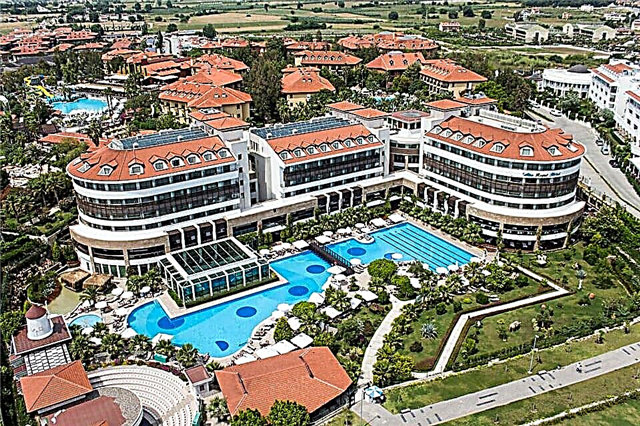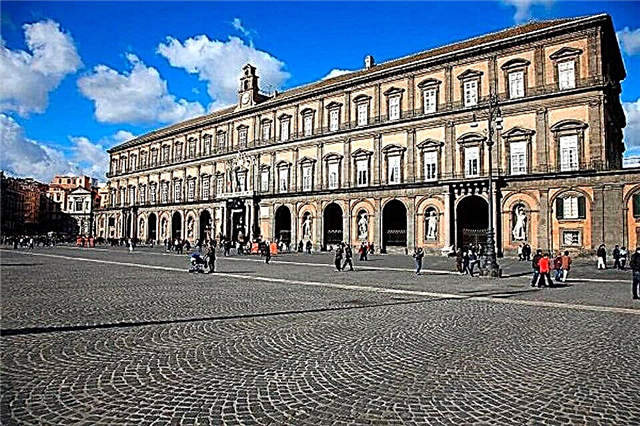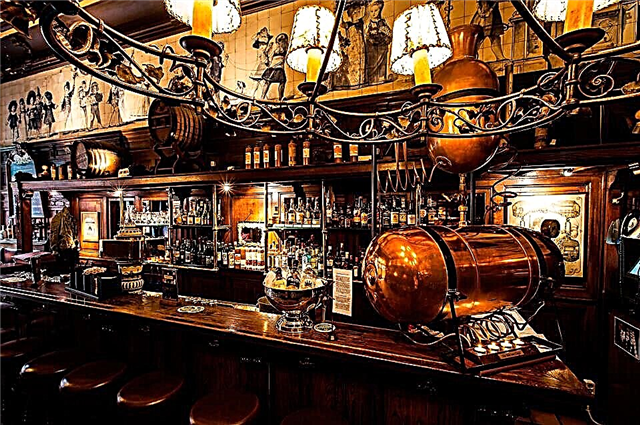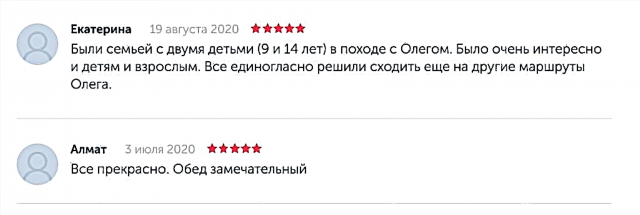On the right bank of the majestic Volga, in the central area of the city of Volgograd, formerly known as Stalingrad, is the height of the Mamayev Kurgan. On it rises, striking in its size, the sculpture "Motherland Calls!", Which symbolizes the victory of the Soviet people over fascism, their desire for independence and readiness for self-sacrifice.
Many architects and historians argue that only this monument is most suitable to be considered a symbol of freedom. After all, it is in this place, and not where it was erected American "Statue of Liberty", one of the most terrible and bloodiest battles for the freedom of all mankind took place.

Composition-high relief "Memory of Generations" at the entrance square
In Stalingrad, a radical turning point came in the Second World War, in this completely destroyed city, for the first time an entire German army surrendered. After the Battle of Stalingrad, most of the Wehrmacht command realized that the Soviet people could not be broken, and fascism would soon come to an end. In 2008, according to the voting results, the memorial complex Mamayev Kurgan, which, by the way, was previously called the "Mound of Glory", was rightfully recognized as one of the seven wonders of Russia.

Stairs leading to the memorial complex Mamaev Kurgan from the entrance square
Origin of name
Alas, no historical documents have been found so far, according to which one could reliably explain why the height 102.0 (this is how it was indicated on military maps during the Great Patriotic War) got its name "Mamayev Kurgan". Many indigenous people are sure that the patrol of Khan Mamai once stood at this height.

Alley of pyramid poplars
However, historians do not agree with this legend, because no facts that speak in its favor yet exist. Before the war, the inhabitants of Stalingrad called the kurgan "mound". If we translate the word "hillock" into the language of the Tatars who lived on the banks of the Volga, it sounds approximately like "mamai". There is also a rather interesting hypothesis of the origin of the name of the height, which before the Battle of Stalingrad was of no interest to either scientists or residents of the city: the word "mamai" from the ancient Tibetan language is translated into Russian literally as "mother of the world." True, none of the above versions can be considered reliable yet.

View of the square of "Those who stood to death"
History of the construction of the memorial complex
For exactly 200 days, bloody battles took place in the city, which bears the name of the great leader of the Soviet people. Height 102.0 was of the most important strategic, from the point of view of the military, importance. From the hill, it was possible to shell the central part of Stalingrad, therefore, within 135 days, the mound was occupied several times by soldiers of the Wehrmacht, then by units of the Soviet army. The entire mound was constantly under fire, it was almost impossible to survive on it. More than 1200 shell fragments and about 600 bullets fell here for every square meter per day.

Sculpture "Stand to the Death"
There was nowhere to hide: on the mound, as in Stalingrad, the whole earth was covered with thousands of corpses. Almost 35,000 Soviet soldiers were buried in a mass grave on the mound. Naturally, immediately after the fierce battles, the Soviet command decided to perpetuate here the memory of the great battle, of the great turning point in the Second World War.

There were many proposals on how the memorial complex should look: someone decided to leave Stalingrad in the same form in which it remained after its liberation. Such a tender offer aroused indignation in the leader and, even, according to his associates, anger.
“The destroyed and devastated city, in which the cries of the wounded and the dying are still heard, bearing my name, cannot be a monument in honor of the victory of the Soviet people in the Battle of Stalingrad,” I.V. Stalin. The Generalissimo decided to appoint Evgeny Vuchetich as the chief architect of the memorial complex on the Mamayev Kurgan. It should be noted that the grandiose construction of the complex began at an altitude of 102.0 and the adjacent territory only in 1959.

Symbolic ruins
The center of the entire memorial composition is a huge sculpture called "The Motherland Calls!" Its weight is almost 8,000 tons, by the way, this figure does not include the weight of the pedestal, on which there is a majestic monument to a woman with a sword in her hand, symbolizing the Motherland, calling on her soldiers-sons to defend it. Its height without a sword is 52 meters. The sword of the sculpture, unlike the monument itself, is not made of reinforced concrete, but of special fluorinated steel, which does not corrode. The sword is 33 meters long and weighs 14,000 kilograms. You can freely place a passenger car inside it.

At one time, the monument was considered the tallest in the whole world. Once the sculptor Vuchetich was asked a reasonable question: “Why does the statue have an open mouth, does it make it cruel? Wouldn't it be better to make the Motherland with a closed mouth? " Evgeny Viktorovich replied: “Otherwise, the project could not be completed, because she shouts - For the Motherland!”, - and after a short pause, added, - “your mother…”. To the pedestal "Motherland Calls!" 200 steps lead, as you might guess, their number symbolizes the number of days and nights during which the battles were fought for Stalingrad. Fights for life and death. The battles are not for the city bearing the name of Stalin, but for the freedom of all mankind.

Pool at Heroes' Square
Memorial mysticism
Numerous researchers who are seriously studying various paronormal phenomena argue that under the mound there is a geological fault or, the so-called acupuncture point of our planet. By acting on it with a special method, it was possible to cause a mass of natural disasters that would have affected almost the entire territory of the Soviet Union. It was for this opportunity that the Wehrmacht army waged a fierce struggle.

Sculpture "Grieving Mother" on the Square of Sorrow
By the way, scientists confirm this version with one interesting find: a ring with the image of a human skull was found on the Mamayev Kurgan. Such rings had the right to be worn only by scientists who were in the special society "Ahnenerbe", which was engaged in the search for artifacts that would help the Nazis to conquer the whole world. One of the Soviet officers, who watched through binoculars at the height of 102.0, while it was captured by the Germans, said that under a hail of fragments and bullets, some strange-looking people were excavating on the mound.

Monumental relief. Entrance to the Hall of Military Glory
It is believed that the Mamayev Kurgan was the place where the Scythians, who lived in these places as far back as the 5th century BC, performed their rituals.... One of the leaders stuck a sword sacred to the entire Scythian people into the center of the elevation. Surprisingly, the sword of the sculpture "Motherland Calls!" almost identical to the Scythian swords with which the ancient fearless warriors went into battle.
On Mamaev Kurgan
Walking along the "Square of Sorrow" and looking at the various elements of the memorial complex, you understand that the heroism of Soviet soldiers will never be forgotten.

Eternal Flame in the Hall of Military Glory
Eternal memory is symbolized by a huge sculpture-hand holding a torch with a never-extinguishing fire. Particularly impressive are the "Walls-Ruins", from which the sounds of a fierce battle are heard, songs from the times of the Great Patriotic War are heard, and the voice of Levitan conveys a report from the scene. All the grief that the Soviet people experienced during the war against fascism is conveyed as accurately as possible by the sculpture of a mother mourning her son who died in battle.

Monument "Motherland Calls!"
Approaching the Motherland, one realizes that the expression: “Whoever comes to us with a sword will fall by the sword” is not just loud words. These words perfectly characterize the striving of our people for freedom, readiness for self-sacrifice, not only for the sake of their own independence, but also for the sake of peace on our entire planet.
Attraction rating:











